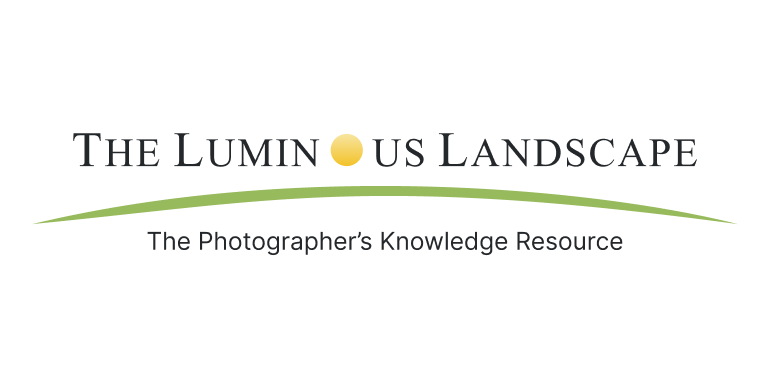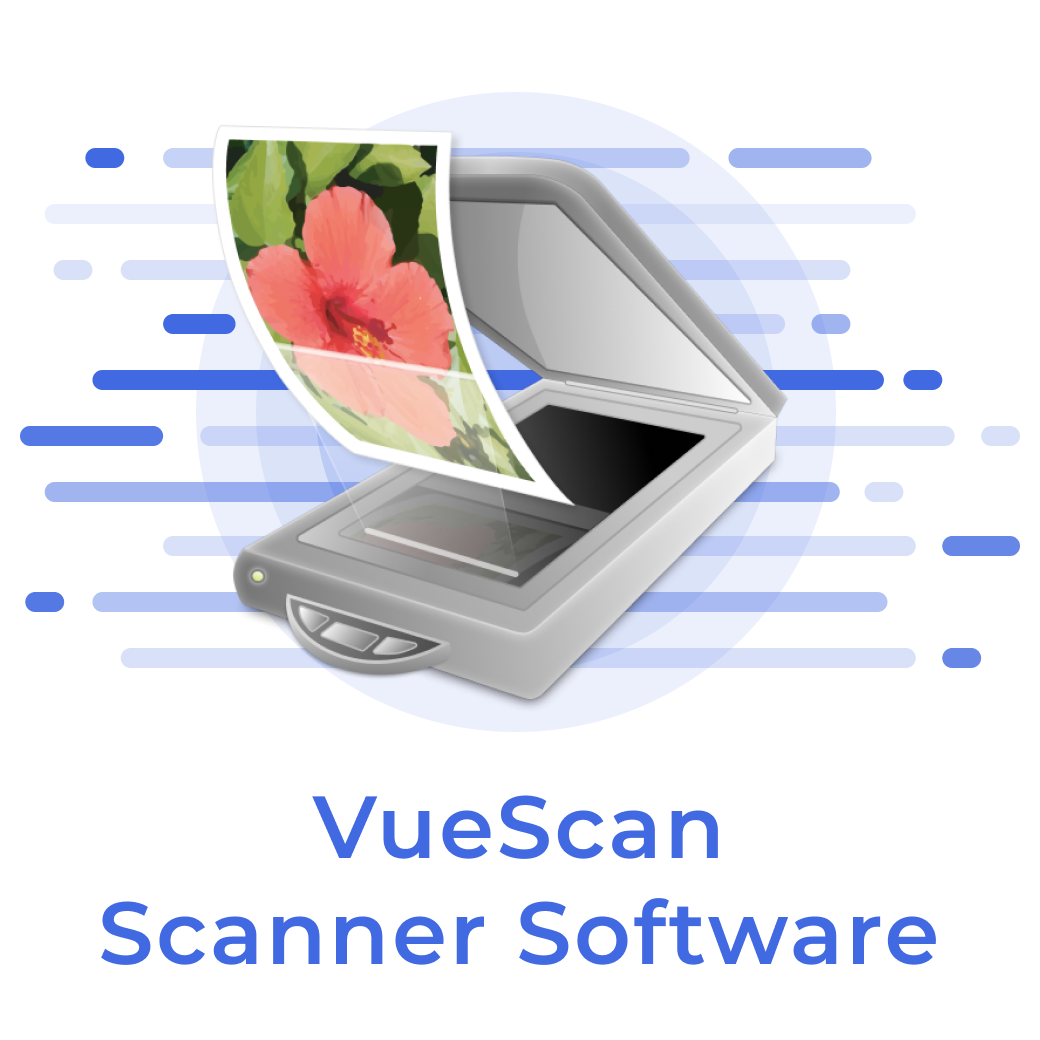Anyone have any ideas of good negative scanners?
quality ones? Maybe something that takes whole rolls as I used to ask them not to cut my negatives!
quality ones? Maybe something that takes whole rolls as I used to ask them not to cut my negatives!









 (unfortunatelly...)), will look into it.
(unfortunatelly...)), will look into it. ), but...I'd also want to get a scanner. Those mentioned here are way out of my price range, and I don't think consumer-grade scanners are that great...but for some reason ("SCSI is sooo yesterday" mentality?...) it's quite easy to find unopened boxes (I noticed that you almost urge to get new scanner, degrub?) with Agfa scanners that are reasonably priced and seem to be "pro" enough... (like Agfa DuoScan HiD or Agfa Arcus 1200). Do you think getting something like that would work in "serious hobby" kind of stuff?
), but...I'd also want to get a scanner. Those mentioned here are way out of my price range, and I don't think consumer-grade scanners are that great...but for some reason ("SCSI is sooo yesterday" mentality?...) it's quite easy to find unopened boxes (I noticed that you almost urge to get new scanner, degrub?) with Agfa scanners that are reasonably priced and seem to be "pro" enough... (like Agfa DuoScan HiD or Agfa Arcus 1200). Do you think getting something like that would work in "serious hobby" kind of stuff?


Comment